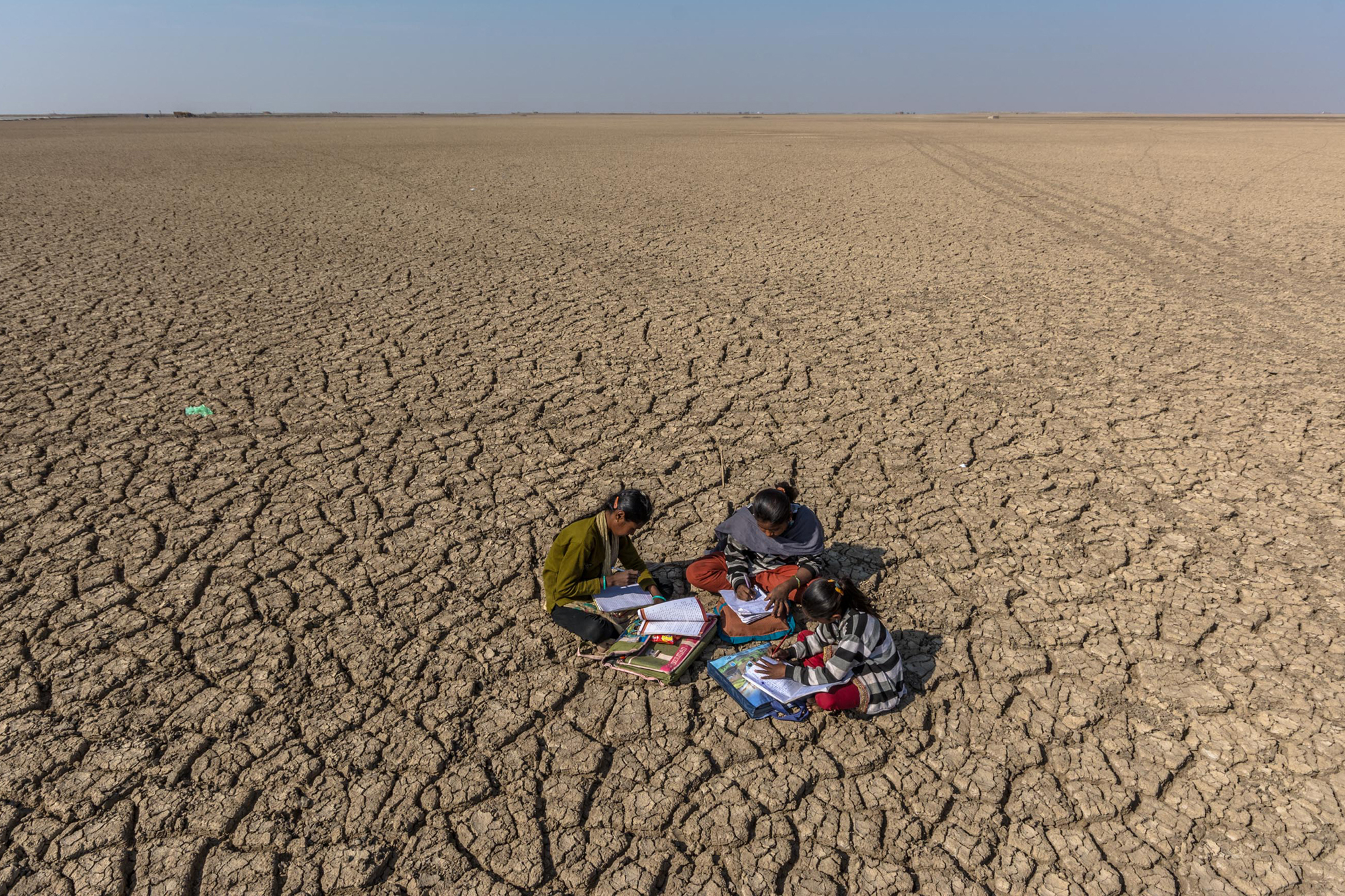
Humanitarians work in complex, often protracted crises marked by violence and harm against civilians. While we have well-developed program models to support individuals, families, and communities after they have been harmed, we still struggle to identify effective strategies to prevent harm from happening. Reducing the risks that people face remains a challenge.
In recent years, the humanitarian community has come under increased pressure to achieve meaningful protection outcomes, manifested as risk reduction for the affected population. We need to know if and how we are contributing to a reduction in the violence, coercion, and deliberate deprivation that people experience in crises.
Why does reducing protection risk continue to be difficult? Expand All
This contributes to the challenge of trying to measure results. If we rely on generalizations and we don’t break down the context-specific factors creating the risks people face in a more detailed and specific manner, changes in the risks will be difficult to measure and results will be difficult to demonstrate.
While there has been some investment in collecting information on “protection incidents,” (e.g. number of sexual violence cases) this is often the only type of measurement used. Incident-based tracking is problematic due to under-reporting, ethical constraints, problems in interpreting data, etc. For example, women may not report rape due to fear of stigma, or the system may not be conducive for LGBTI to report cases of sexual violence and abuse, therefore skewing data.
This restricts our ability to measure collective impact. Programs are often designed and implemented in silo with little coordination towards broader desired outcomes. The lack of a strategy may result in numerous programs targeting one aspect of a protection problem while missing other aspects that need to be addressed. Furthermore, programs may operate in parallel to existing community-based structures, undermining local capacity. For example, child friendly spaces are a popular activity to enhance child protection, however, in some cases they might be inappropriate for a community where local schools are still functional and could serve as an existing space for protection.
Global Reviews that Highlight the Challenges with Achieving Protection Outcomes
The 2012 Independent Review Panel Report on UN’s Sri Lanka Response highlighted:
- Inadequate contextual analysis
- Little Investment in local capacities
- Lack of strategic orientation towards protection outcomes
The 2013 DFID study, “What Works in Protection?” noted:
- A lack of a common protection framework restricts comparability
- Few research studies have focused on looking at the impact of protection programming. Most evaluations focus on capacity gaps, coordination issues and other practical matters
- Protection interventions and how success is defined varies considerably. Any attempt to determine relative success or failure of humanitarian protection needs to distinguish between the different types of interventions and the scale of ambition associated with each.
The 2013 Global Protection Cluster Funding Study found:
- A need for better outcome level reporting
- A need for better analysis of risk, understanding of existing self-protection capacities
- A need to articulate a clear linkage between outputs to outcomes
- A need for protection to be placed strategically at the center of humanitarian response
Have we made any progress so far?
Five pieces of work where Results-Based Protection has helped to provide a strategic shift within humanitarian action include:
- The endorsement of the IASC Humanitarian Protection Policy,
- Guidance on Humanitarian Country Team’s Protection Strategies,
- The revised Professional Standards for Protection Work (3rd Ed.),
- The development of the Protection Analytical Framework, and
- The review of the IASC Protection Policy Implementation: Key Issues Paper.